How It Was 14 Years Ago: The Super-Efficient Volkswagen XL1
Long before the current race for electric cars, Volkswagen had already been experimenting with ultra-efficient technologies, which led to the creation of the Volkswagen XL1. Today, 14 years later, we remember one of the most unusual hybrids of its time.
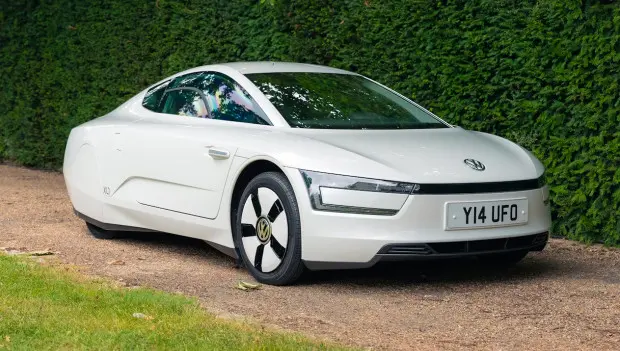
In the early 2010s, when the US was just beginning to consider fuel savings amid the economic crisis, the race for efficiency was already in full swing in Europe. European automakers were actively competing in producing vehicles with minimal fuel consumption— and it was in this context that Volkswagen introduced one of the most unusual and ambitious models in its history in 2011.
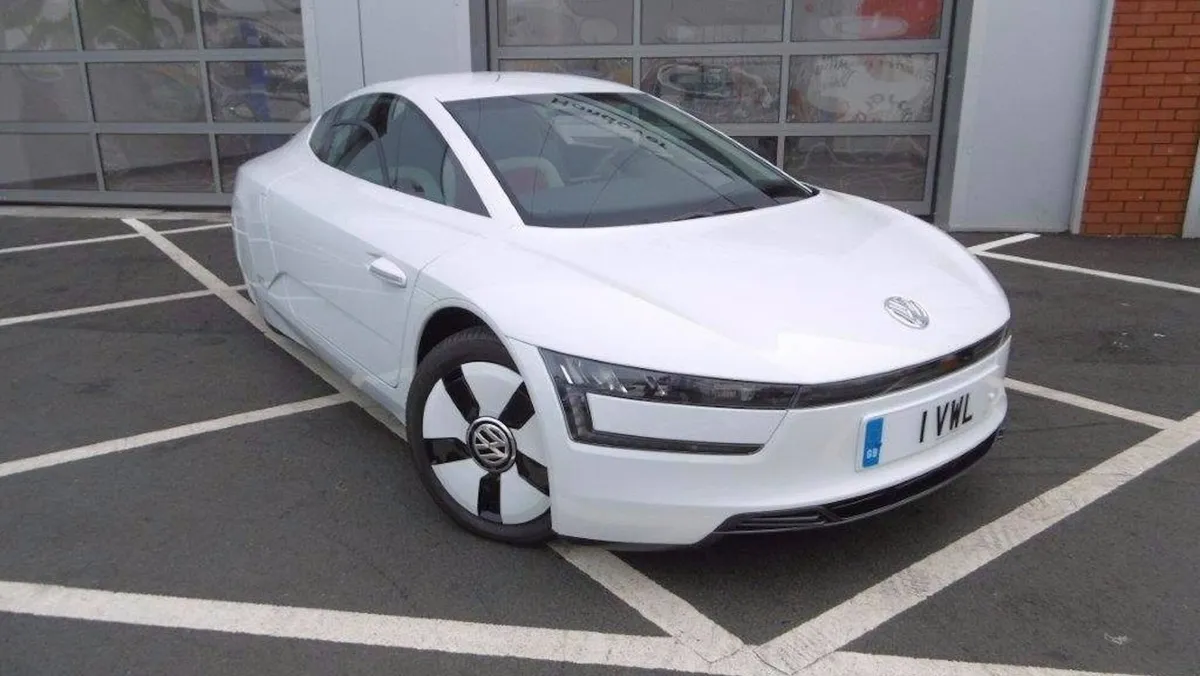
At the 2011 Qatar Motor Show, which opened on January 26 in Doha, Volkswagen unveiled a pre-production version of the Volkswagen XL1, a super-efficient hybrid car capable of traveling up to 235 miles on a single gallon of fuel. In terms of the familiar units, that's approximately 0.9 liters per 100 km, which even by today's 2025 standards remains an impressive figure.
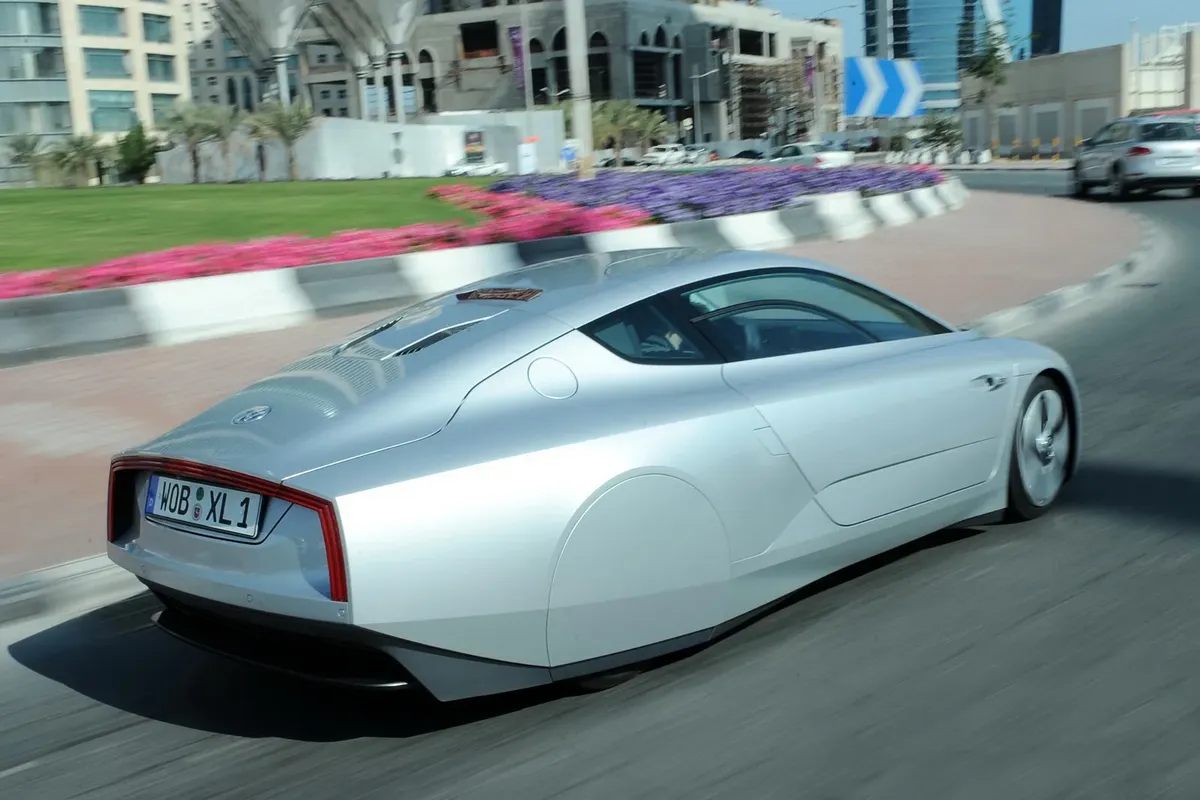
Under the hood of the XL1 is an 0.8-liter two-cylinder turbo diesel engine coupled with an electric motor and a 7-speed DSG dual-clutch transmission. In maximum efficiency mode, the car delivered only 27 horsepower, enough for speeds up to 100 km/h. In the "sport" mode, the power increased to 39 hp, with a top speed of 160 km/h.
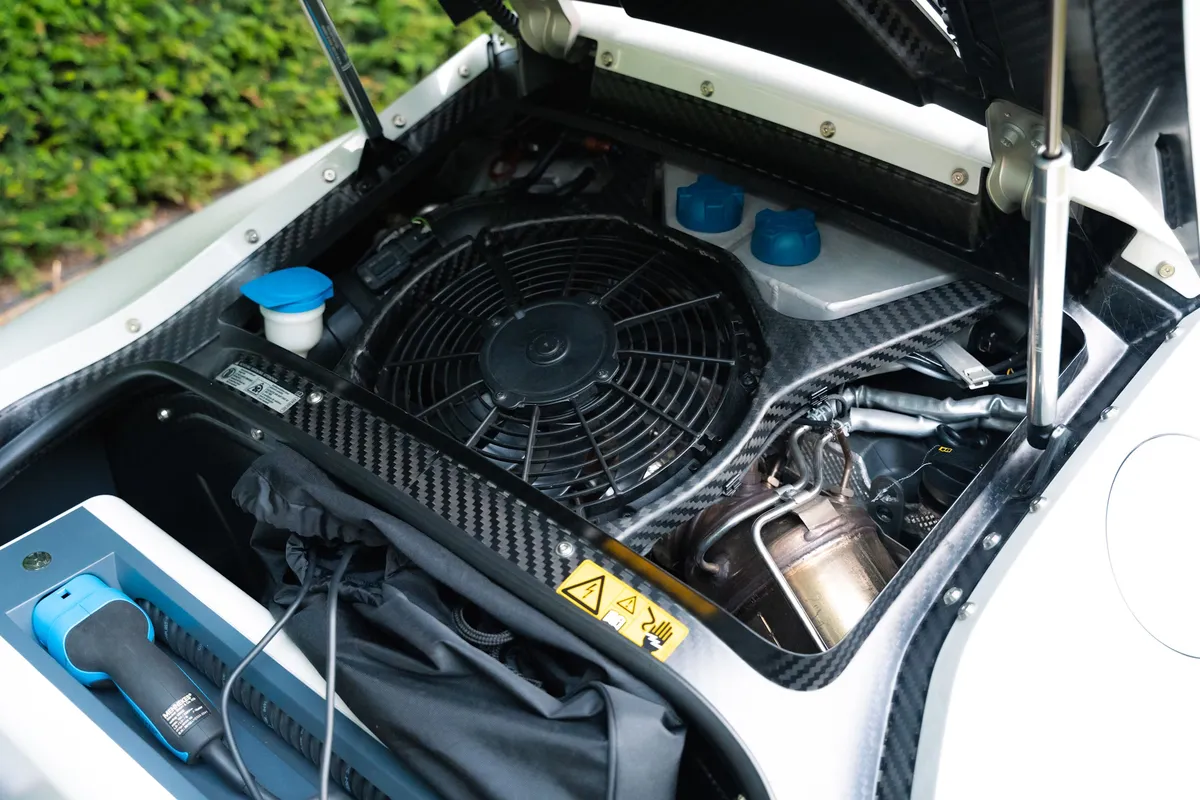
Essentially, the XL1 was a development of an earlier experimental model, the Volkswagen L1, introduced in 2008. Compared to the L1, the XL1 featured a more aerodynamic body designed for real road use, as well as a hybrid powertrain with a lithium-ion battery. The car weighed less than 800 kg, and its drag coefficient was only 0.189, which was a record among production cars at the time.
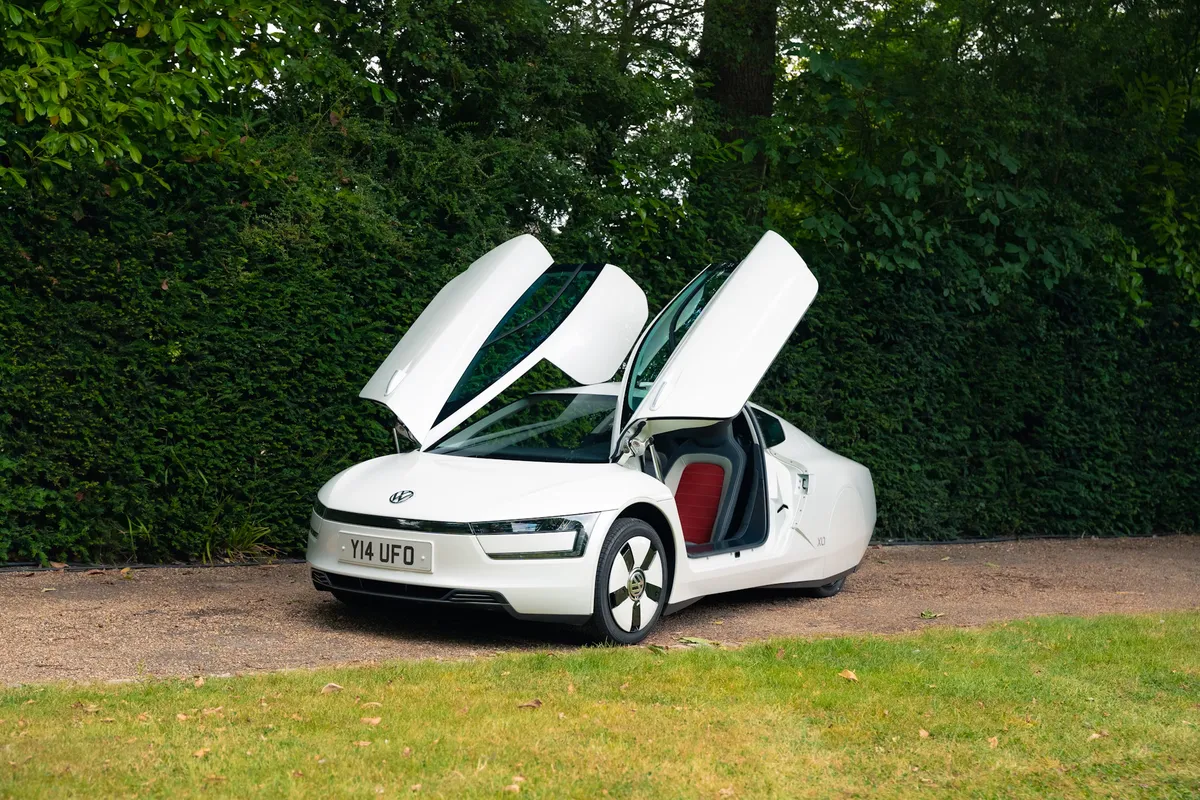
Despite high interest, the XL1 did not become mass-produced. Volkswagen produced a limited edition of just 250 units, each assembled by hand in Osnabrück, Germany. In 2013, the model hit the market at a price of approximately USD 29,500, but it was available only to select buyers, mainly collectors and brand enthusiasts.
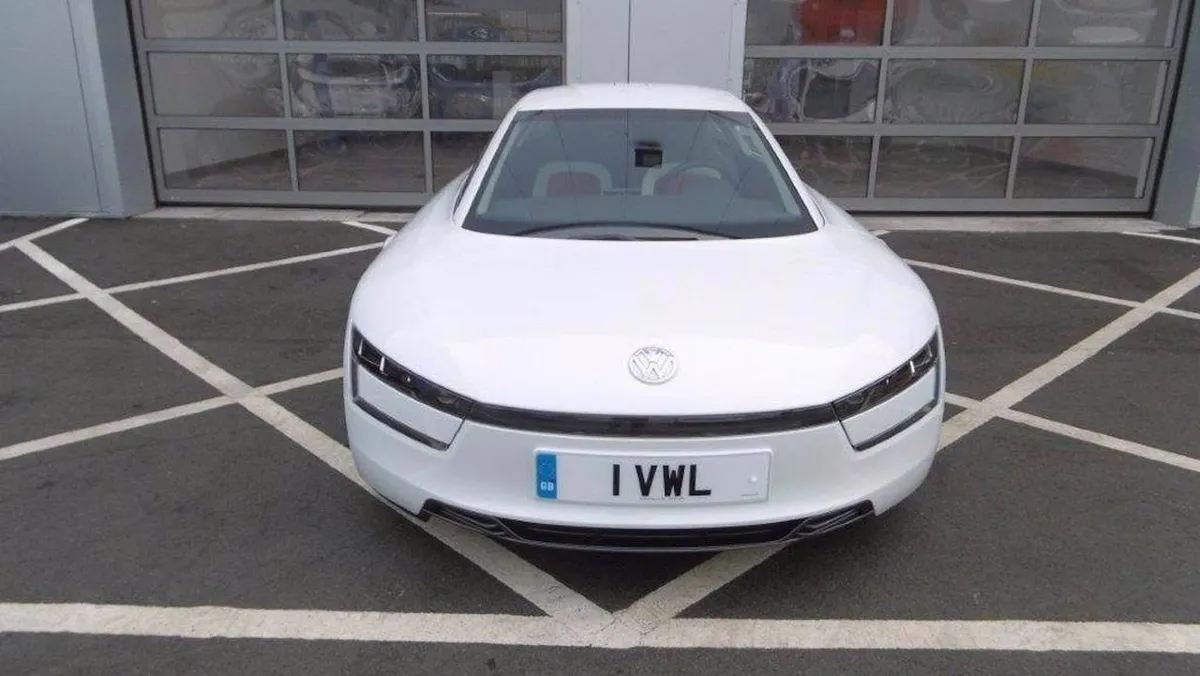
Today, the XL1 is considered not just a technical curiosity but a landmark step in the history of eco-friendly cars that anticipated the era of modern electric vehicles and ultra-efficient hybrids. With plans to ban the sale of new internal combustion engine cars in Europe and several other countries by 2035, Volkswagen's experiment seems particularly farsighted.
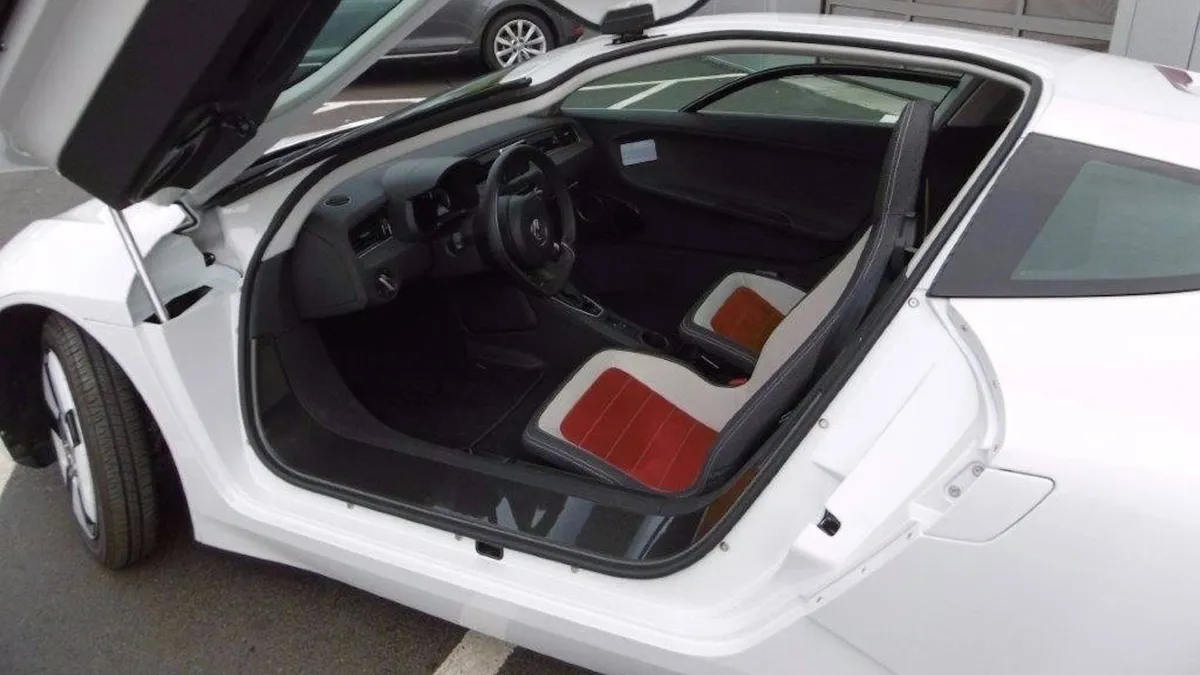
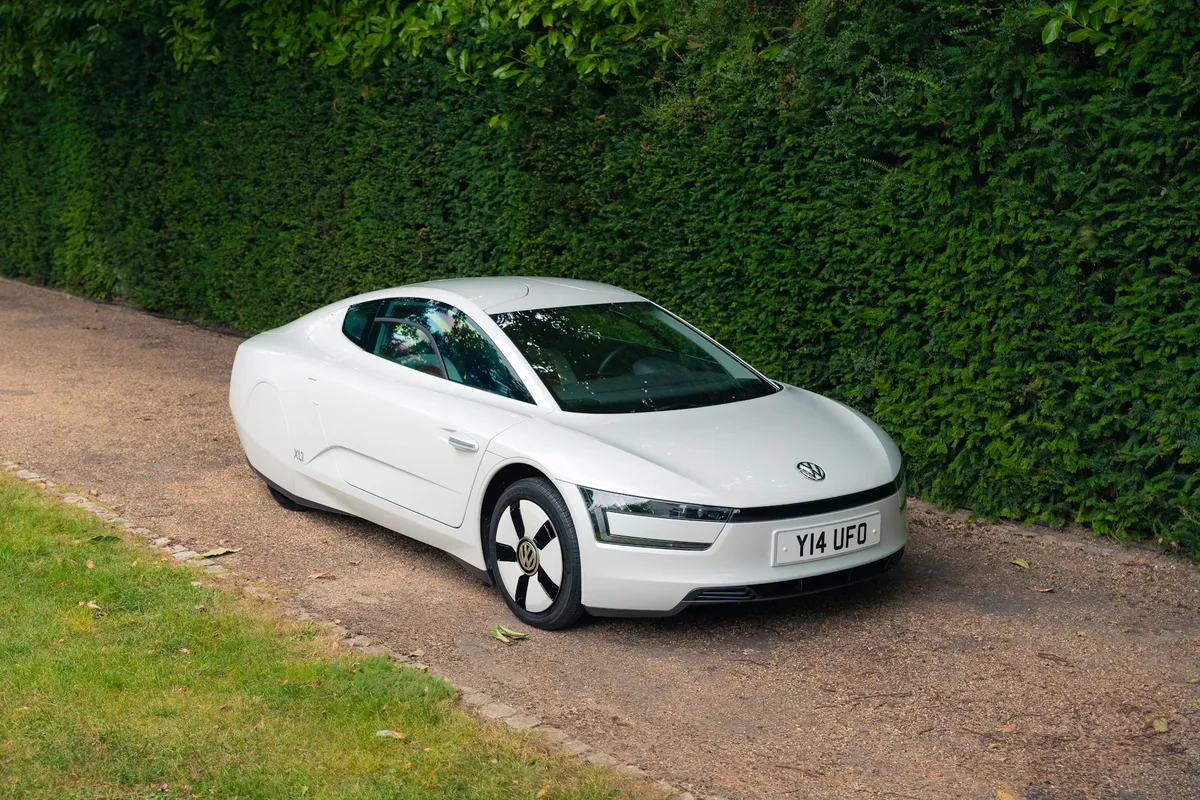
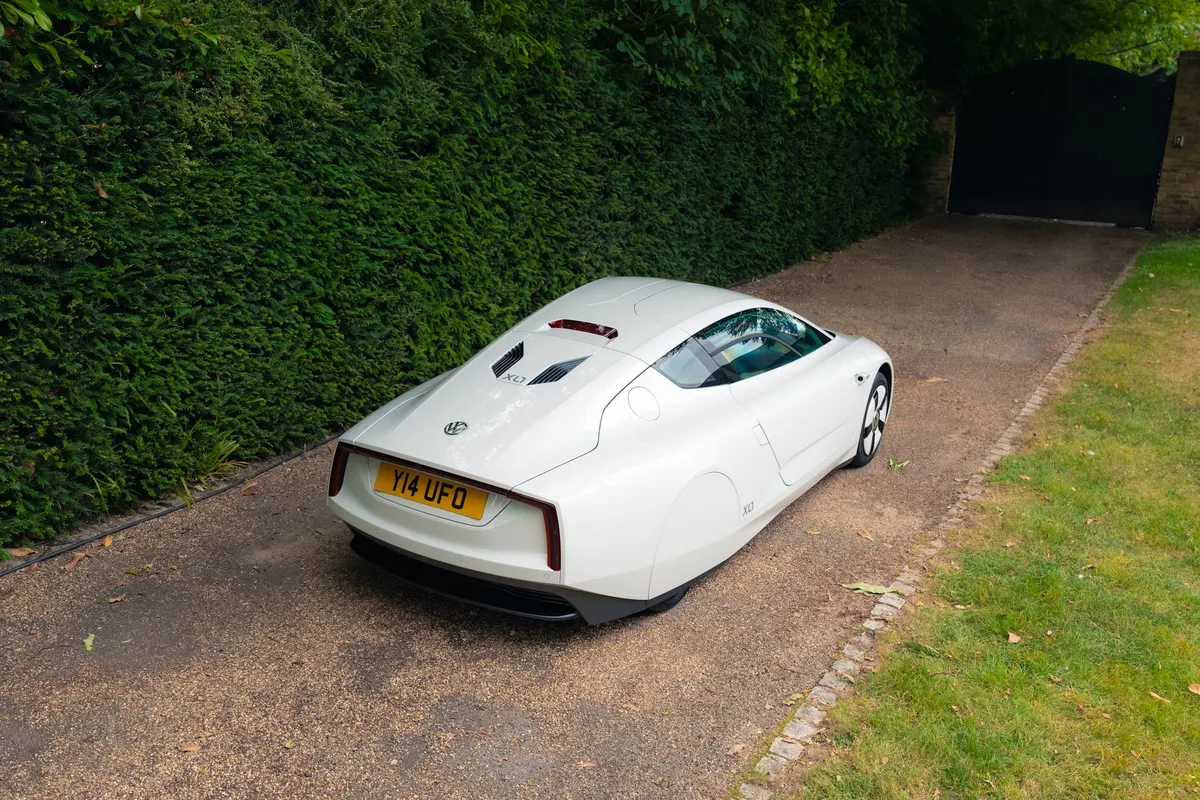
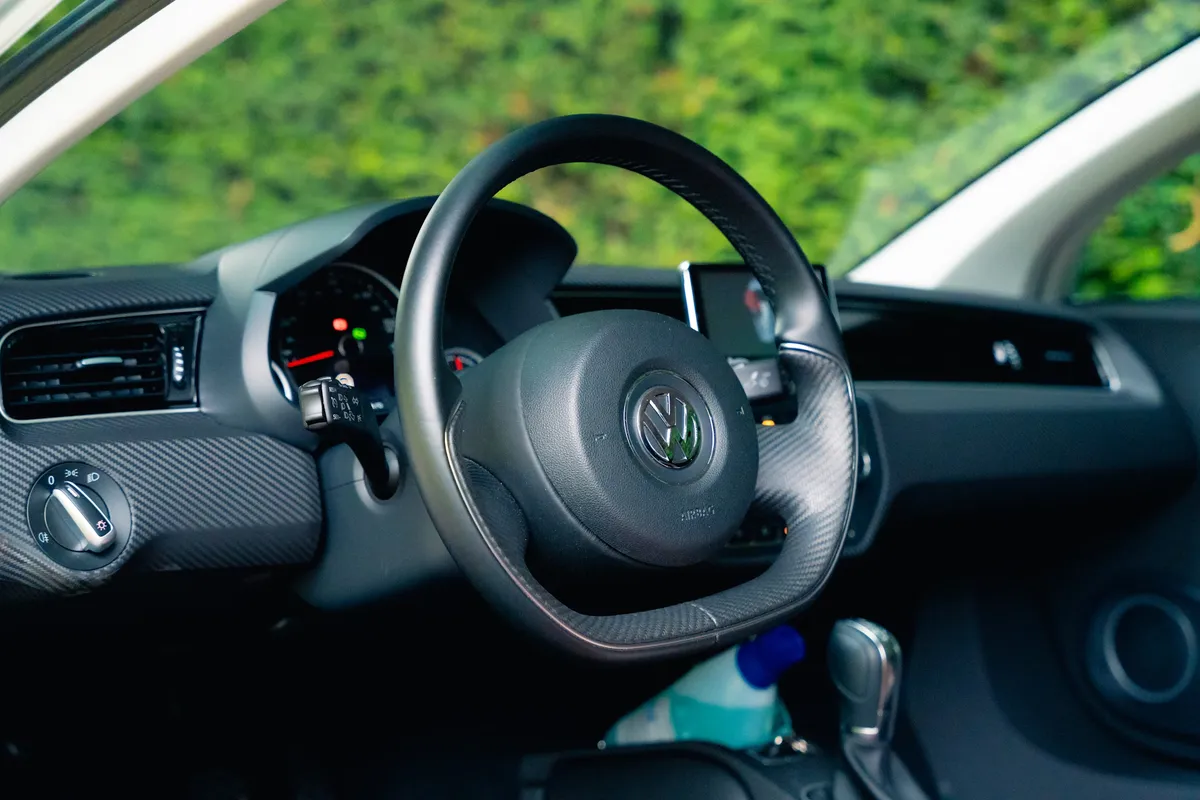
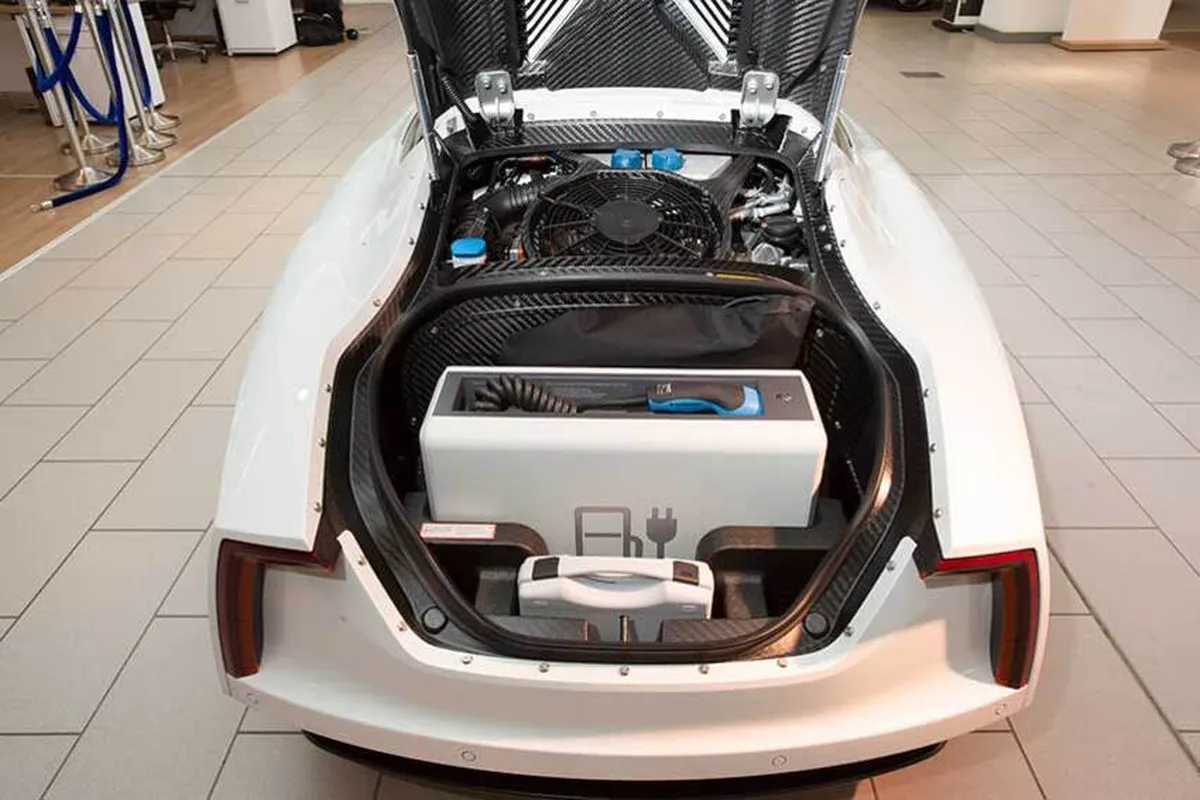
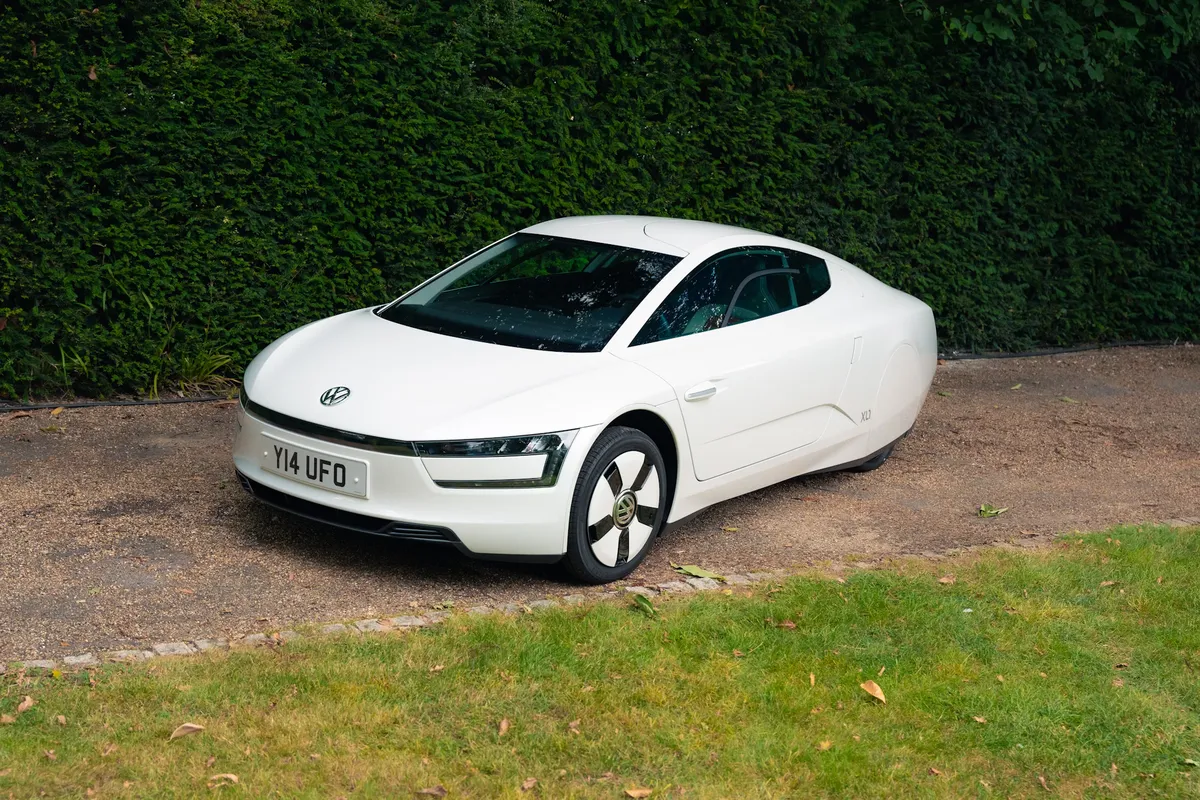
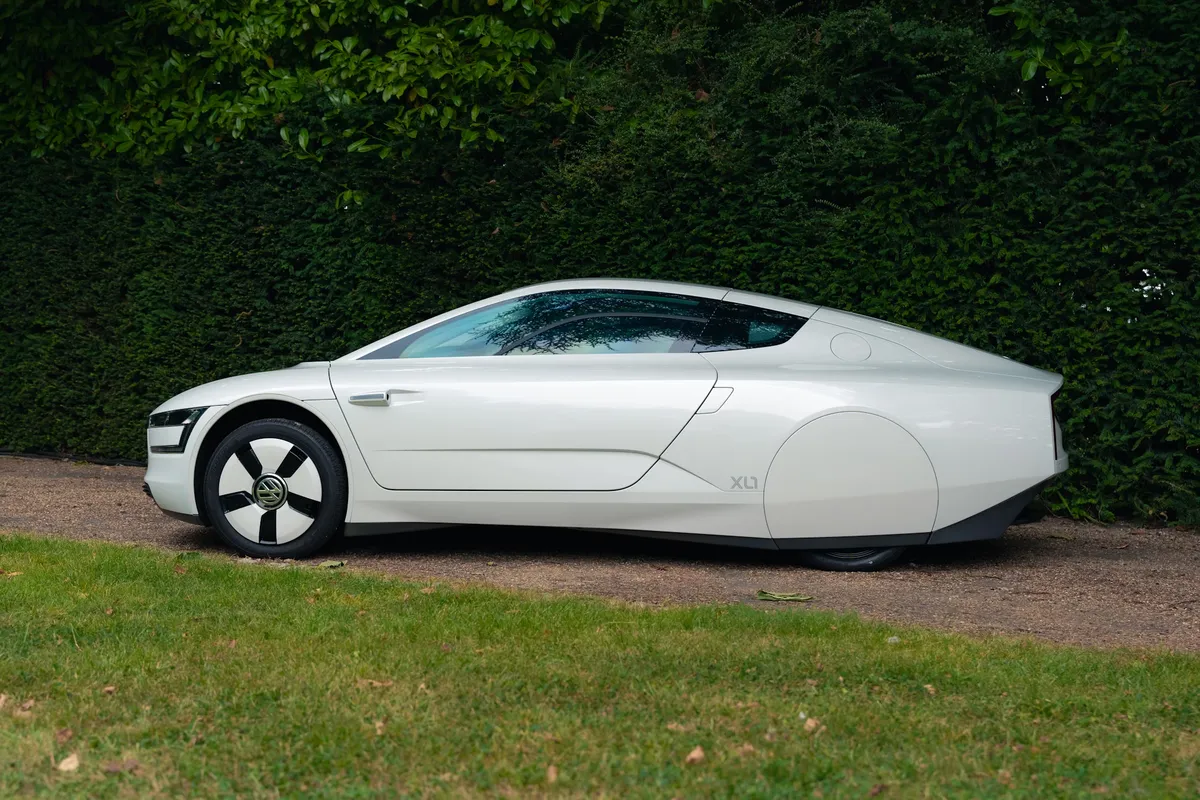
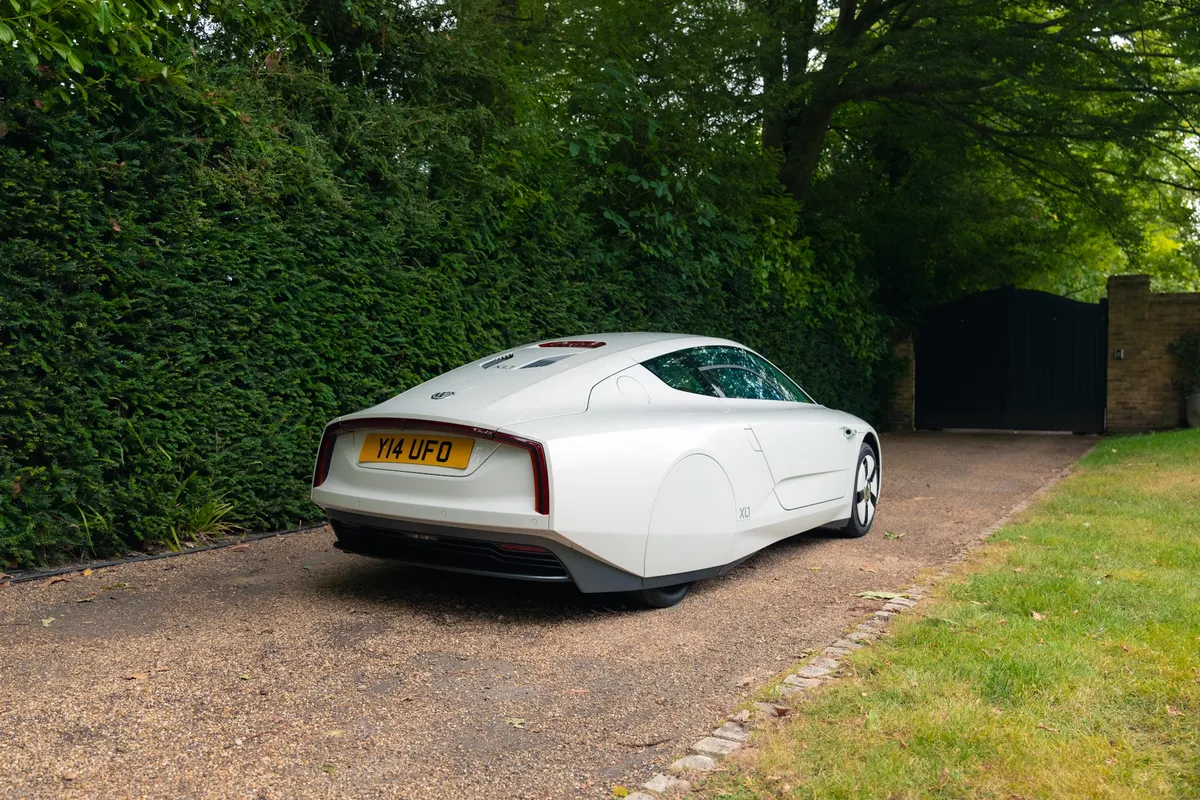
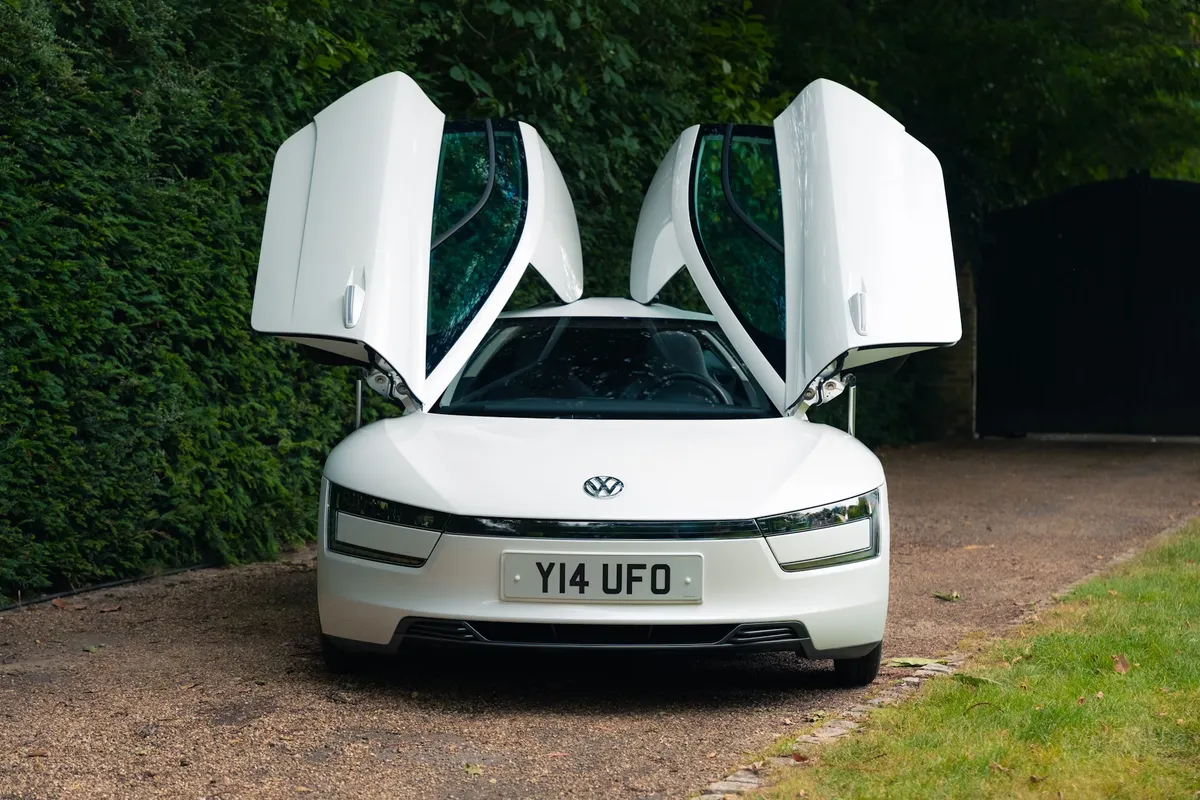
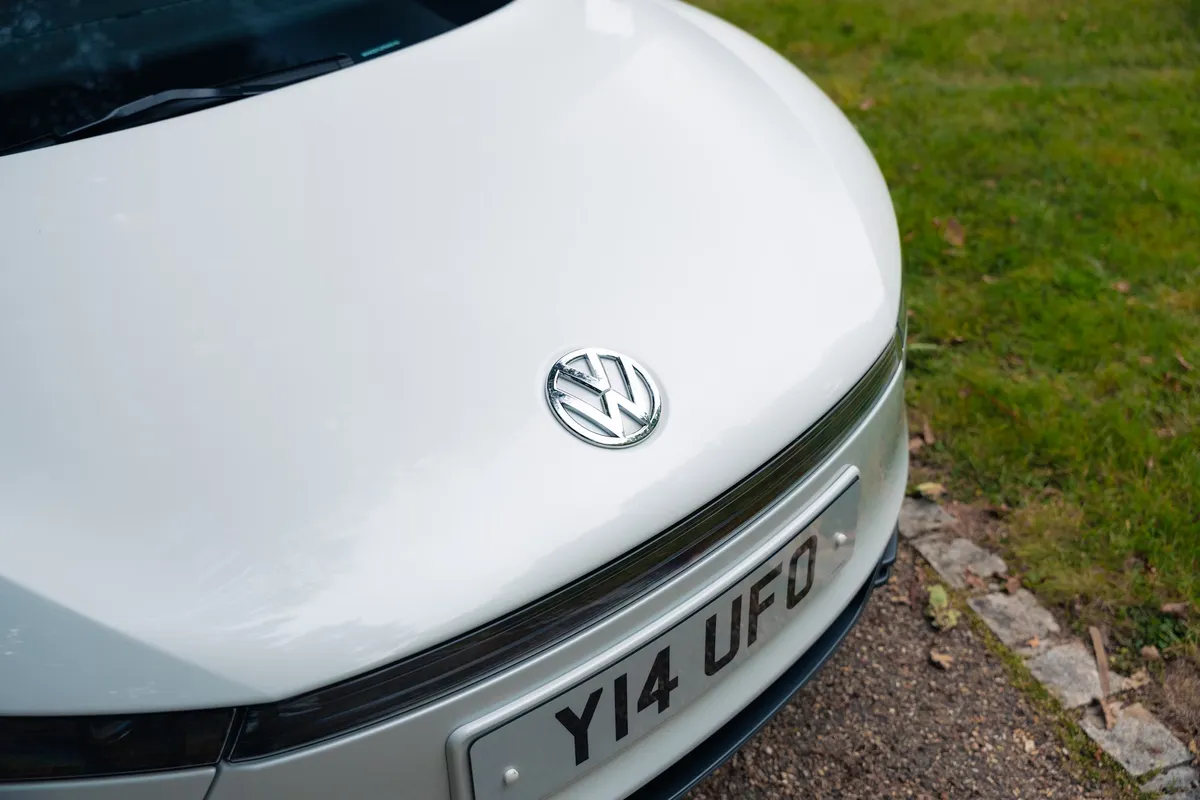
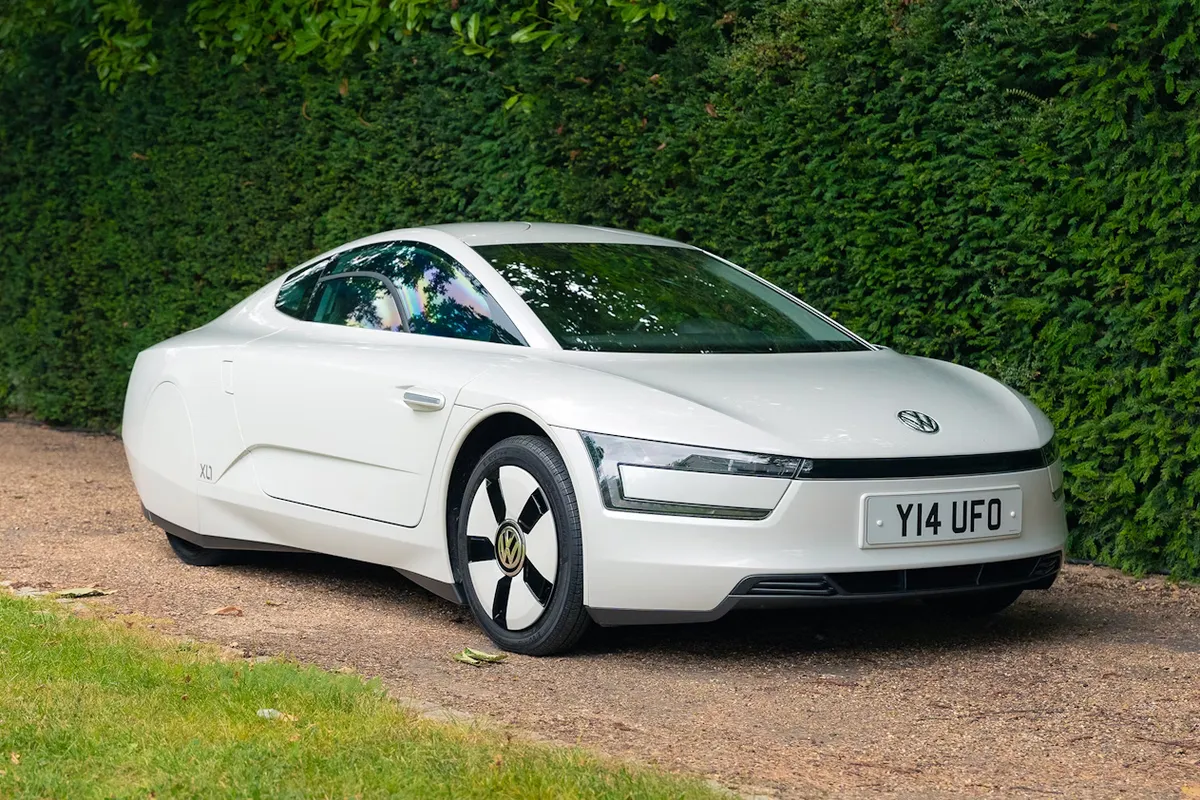

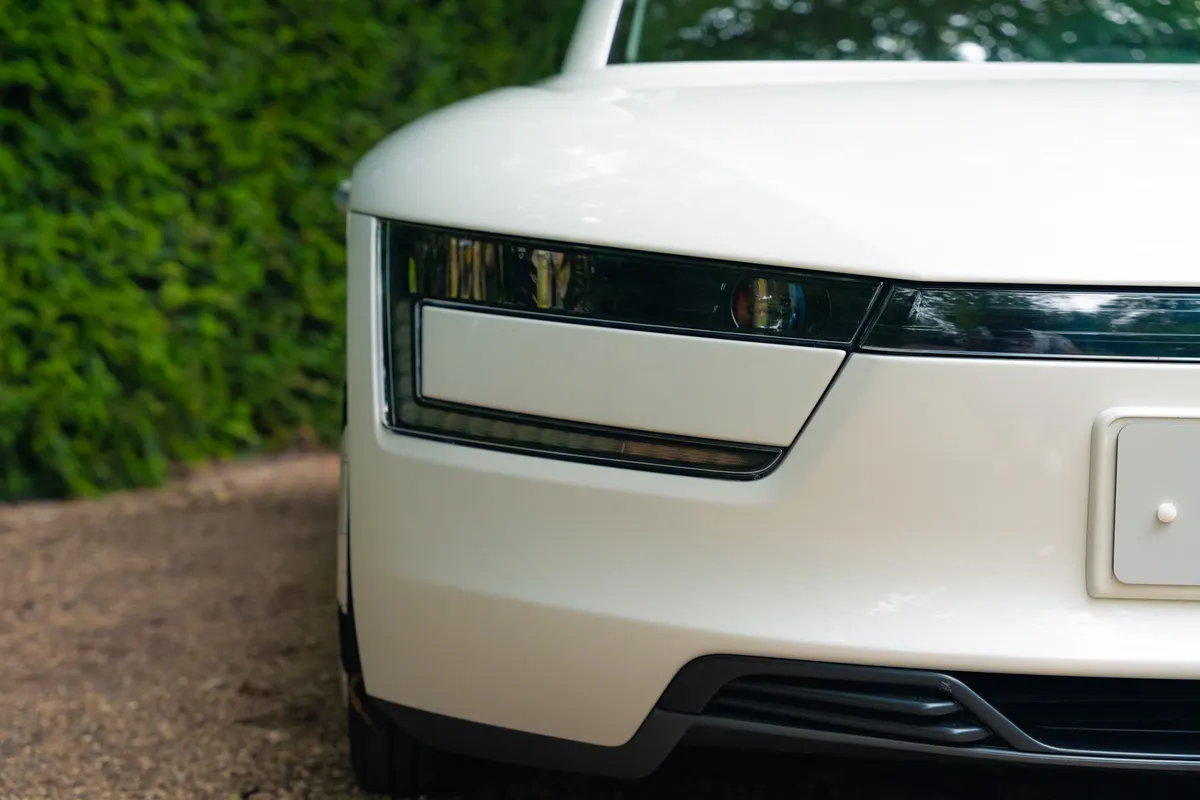

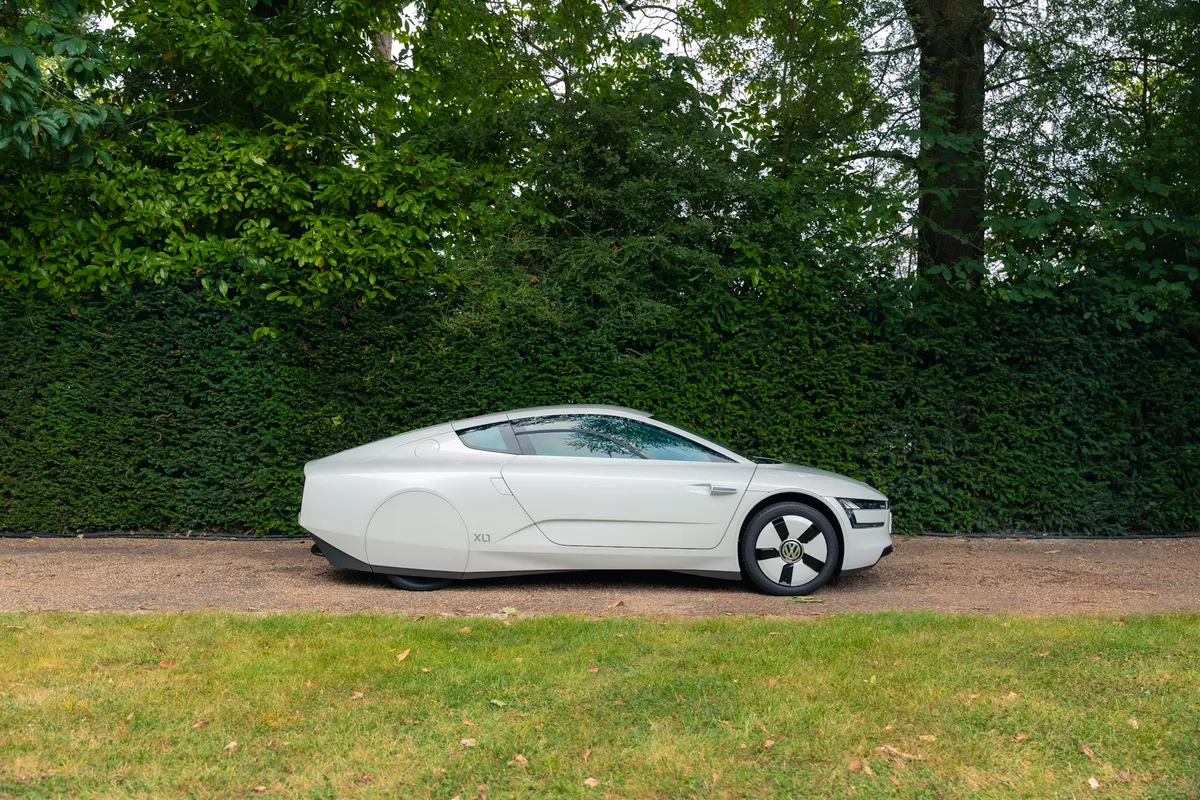
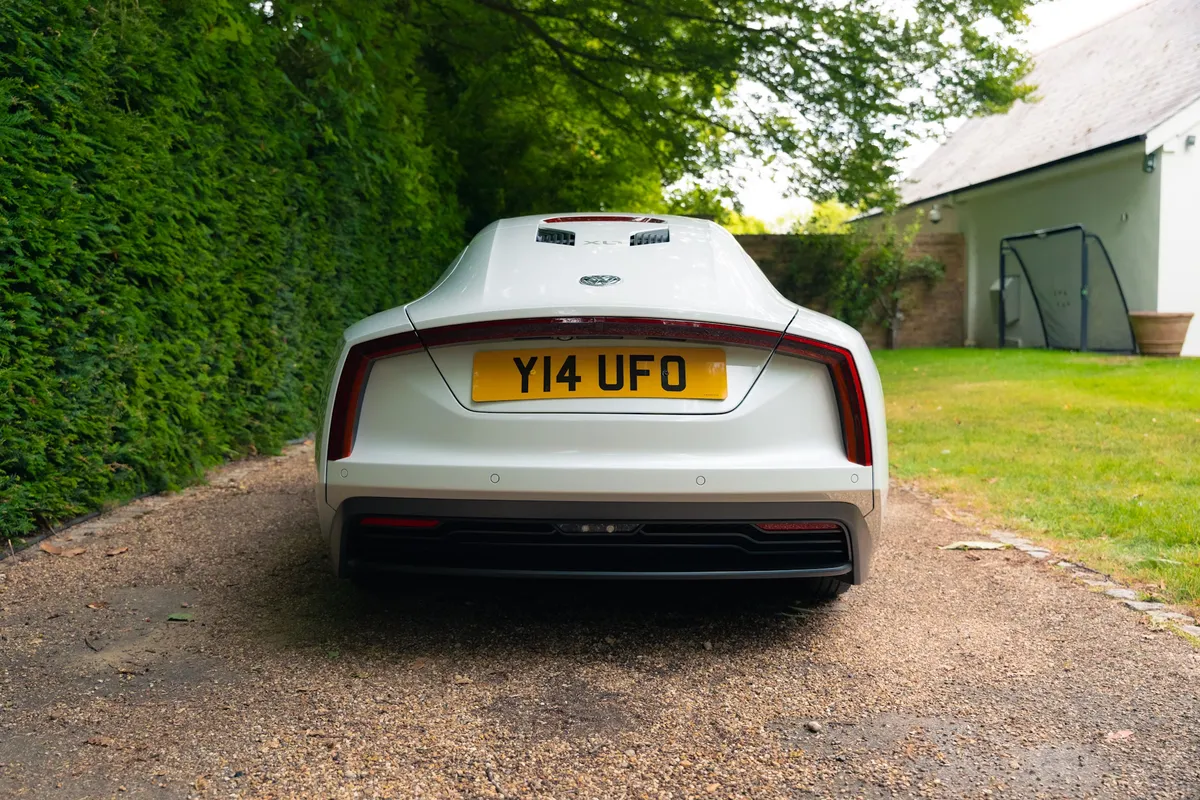
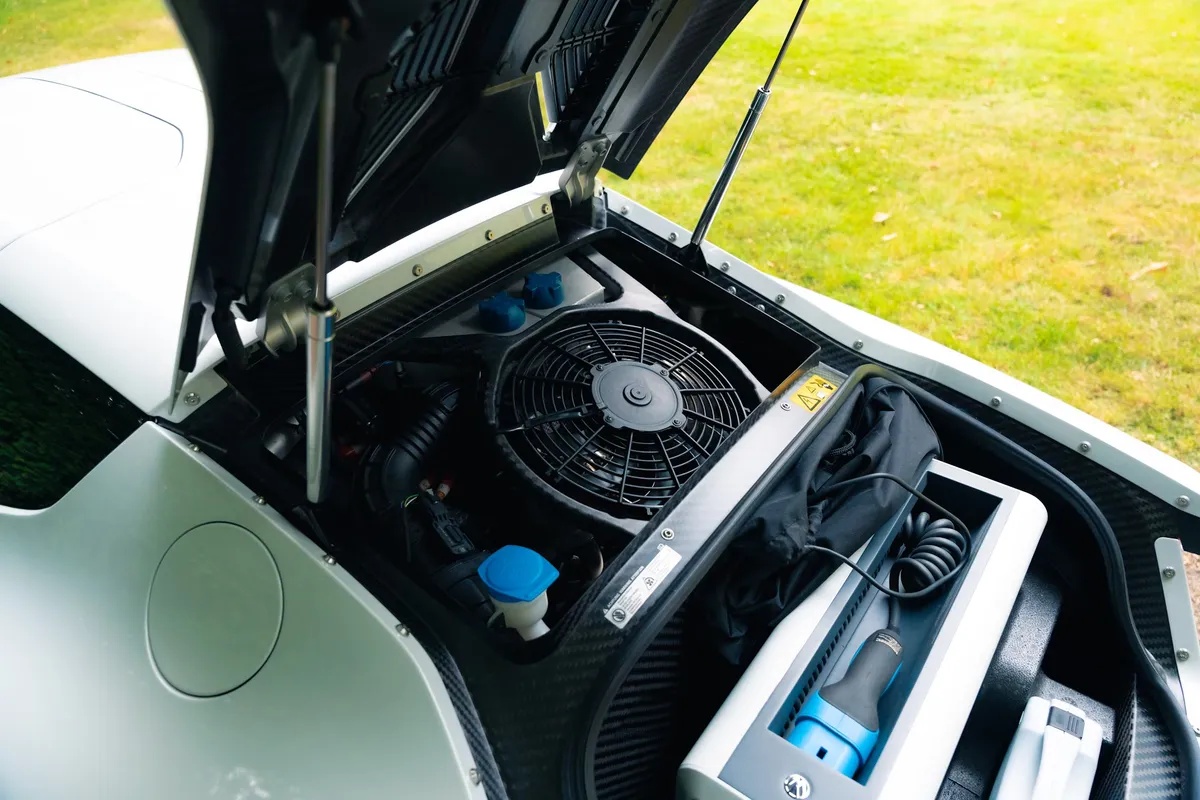
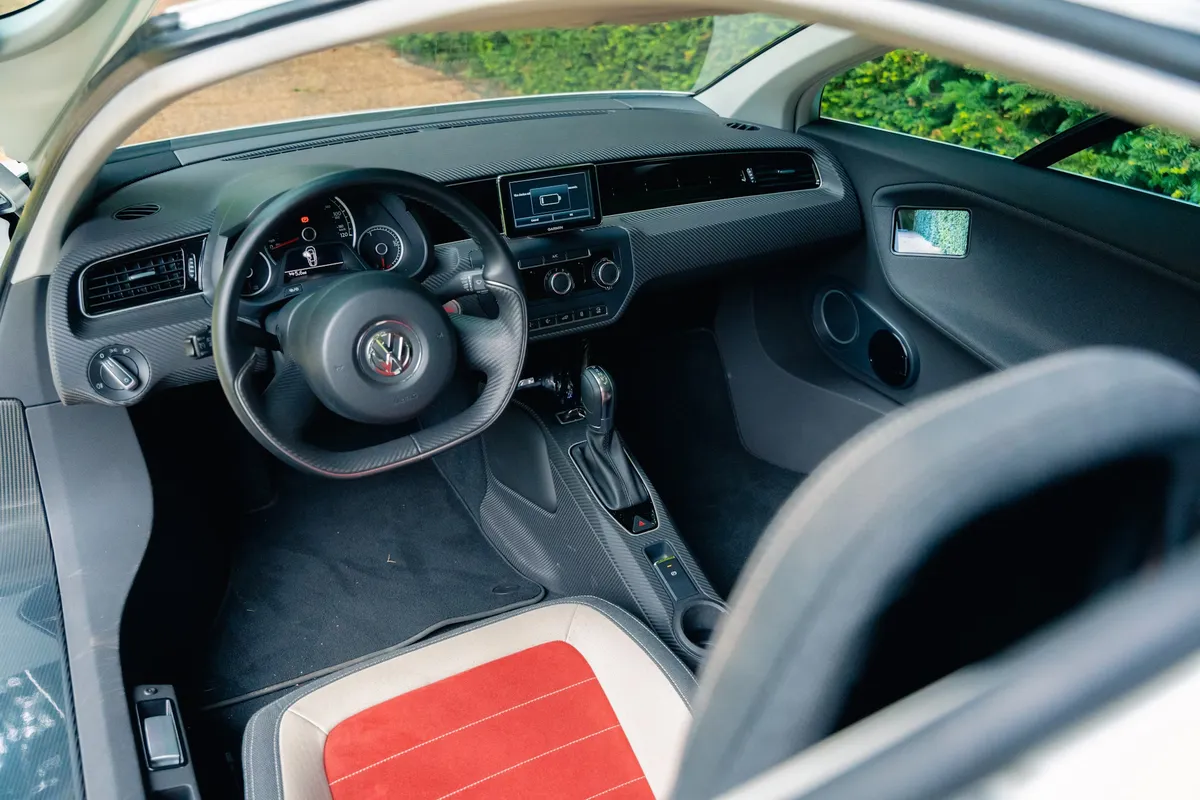
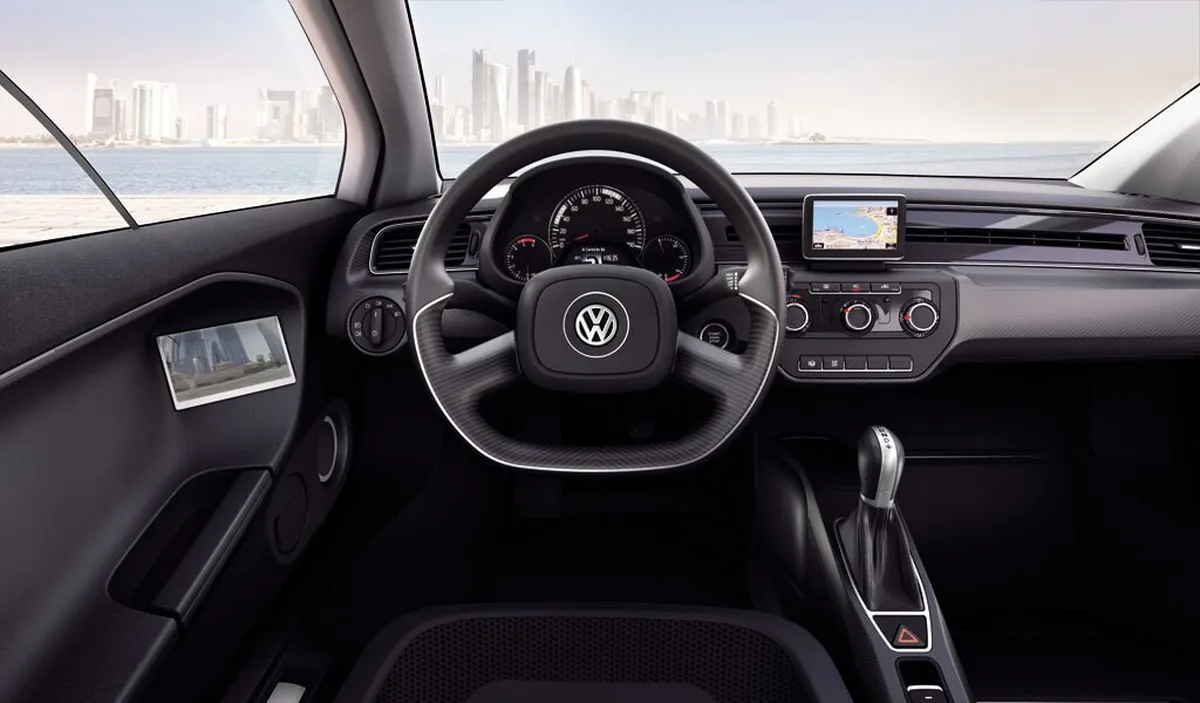
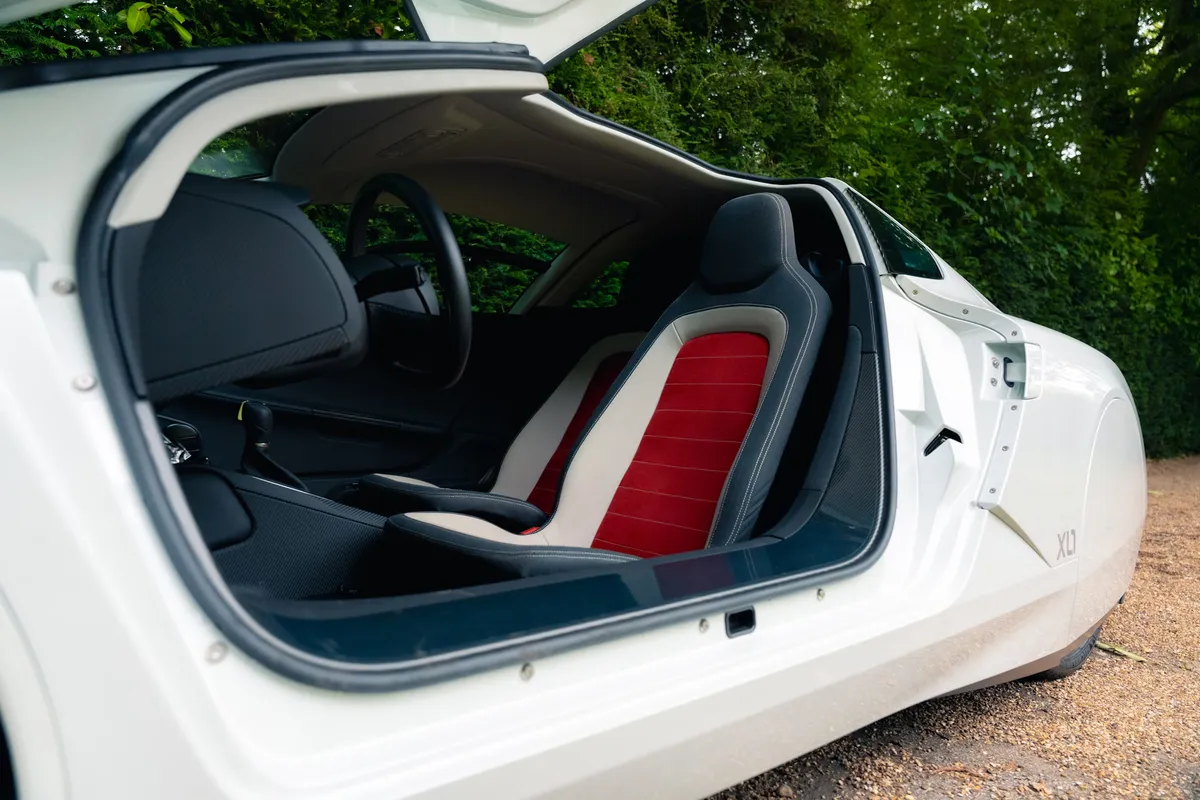
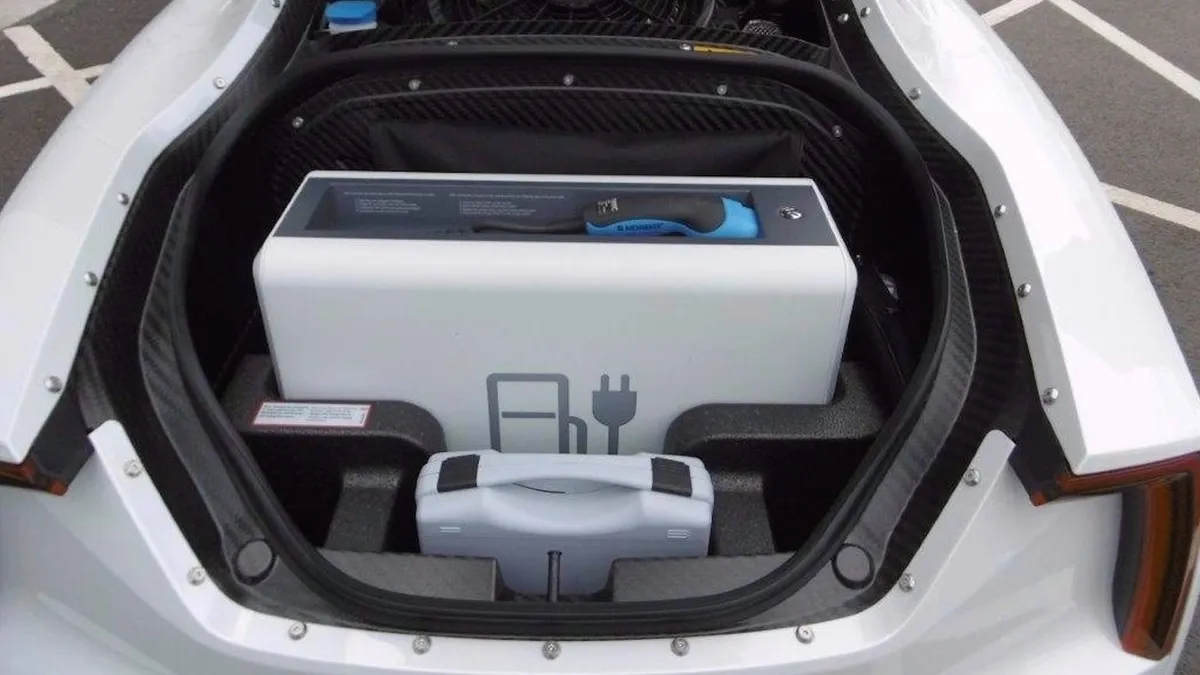
You may also be interested in the news:
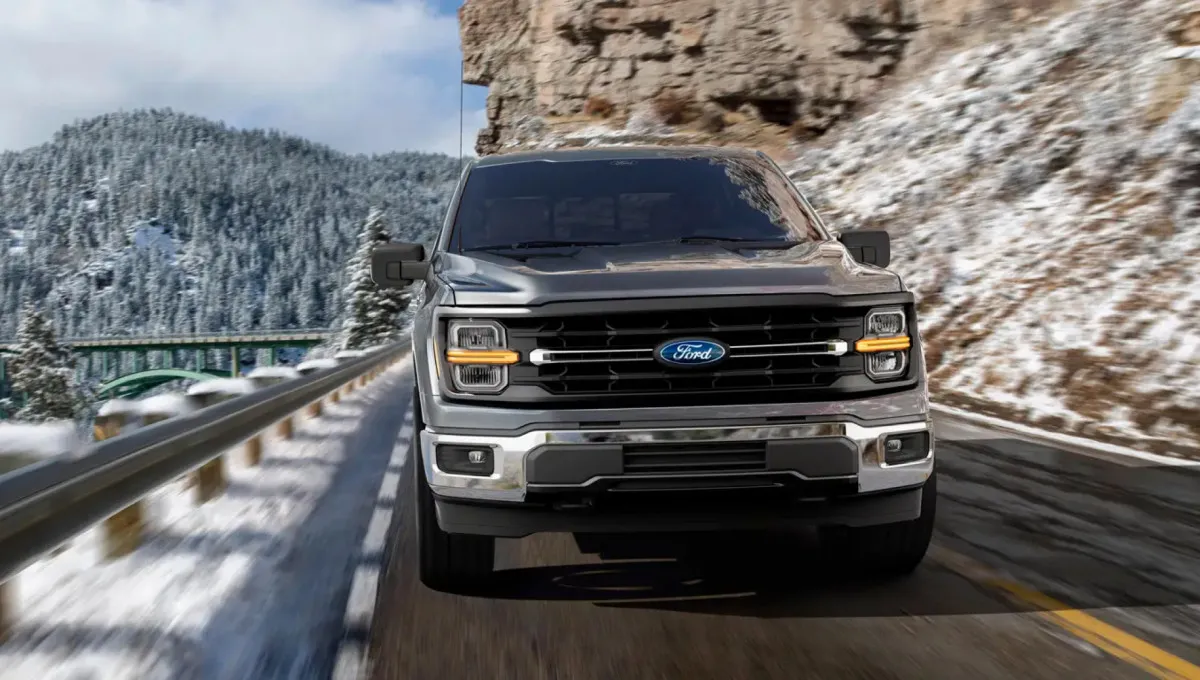
Ford Refreshes the F-150 PowerBoost Hybrid: New STX Trim and Improved Reliability
The updated Ford F-150 PowerBoost blends strong performance with real fuel savings, reshaping how many drivers look at full-size pickups.
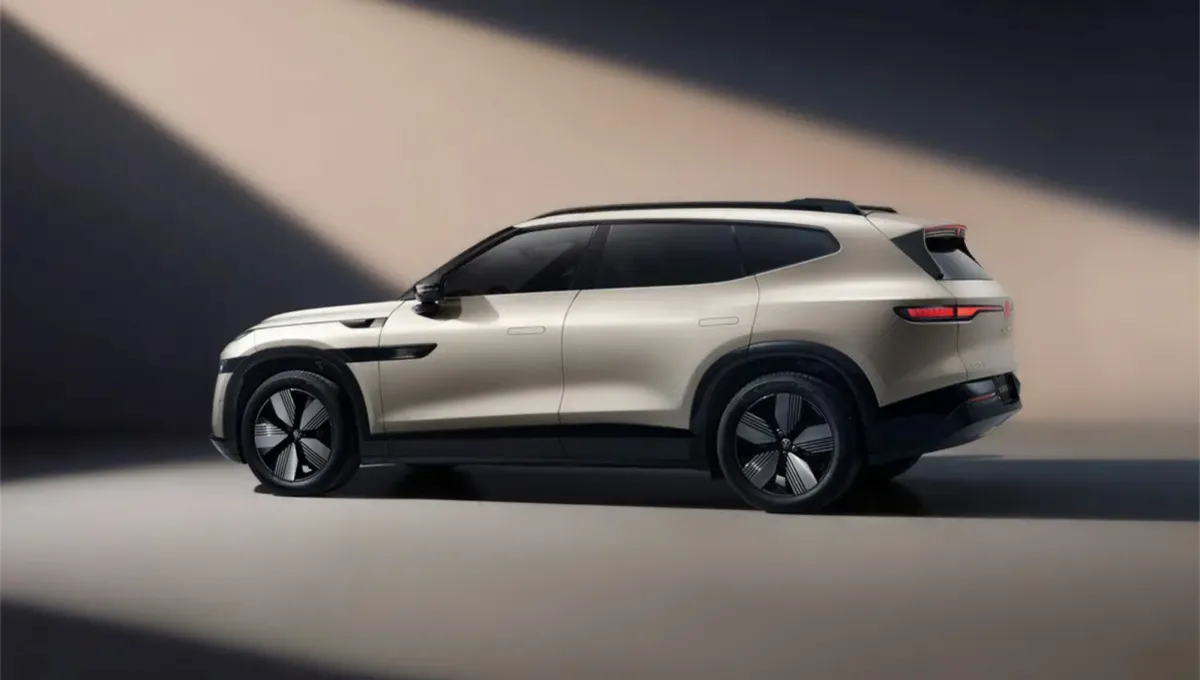
Volkswagen Reveals Specs of Its All-New Crossover
Volkswagen has unveiled the specifications of the new all-electric ID. Unyx 08 crossover.
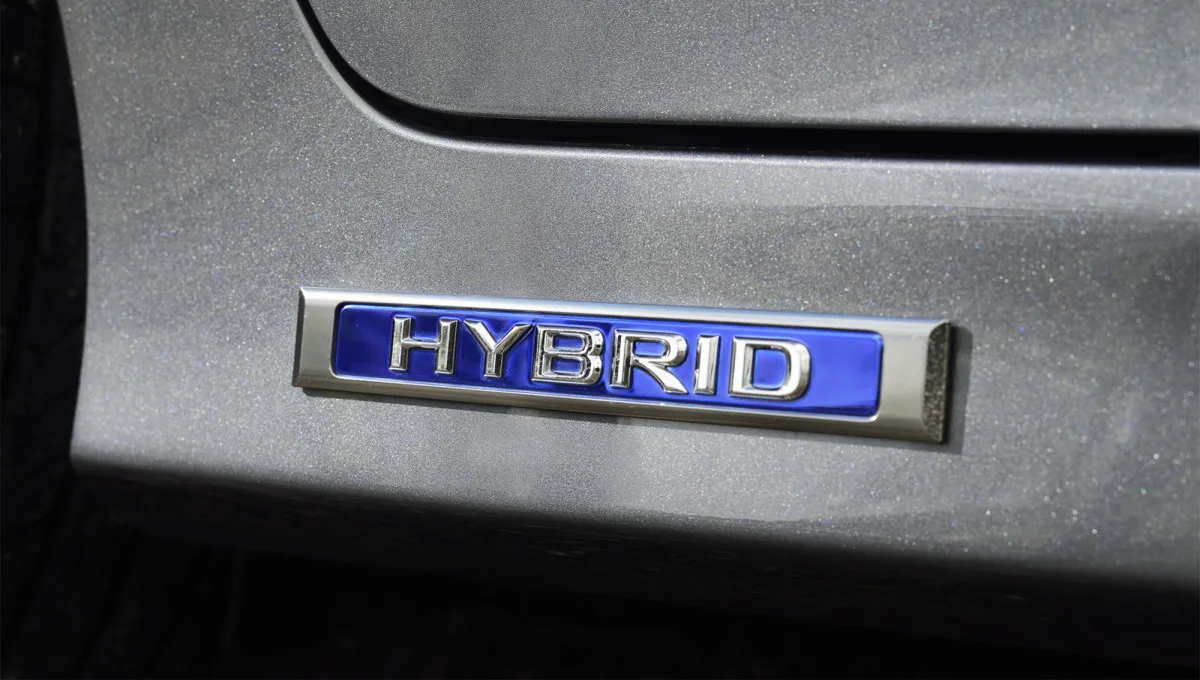
Unmatched for Reliability: Experts Name the Most “Bulletproof” Used Hybrid
This model delivers excellent fuel economy, with maintenance costs lower than many rivals.
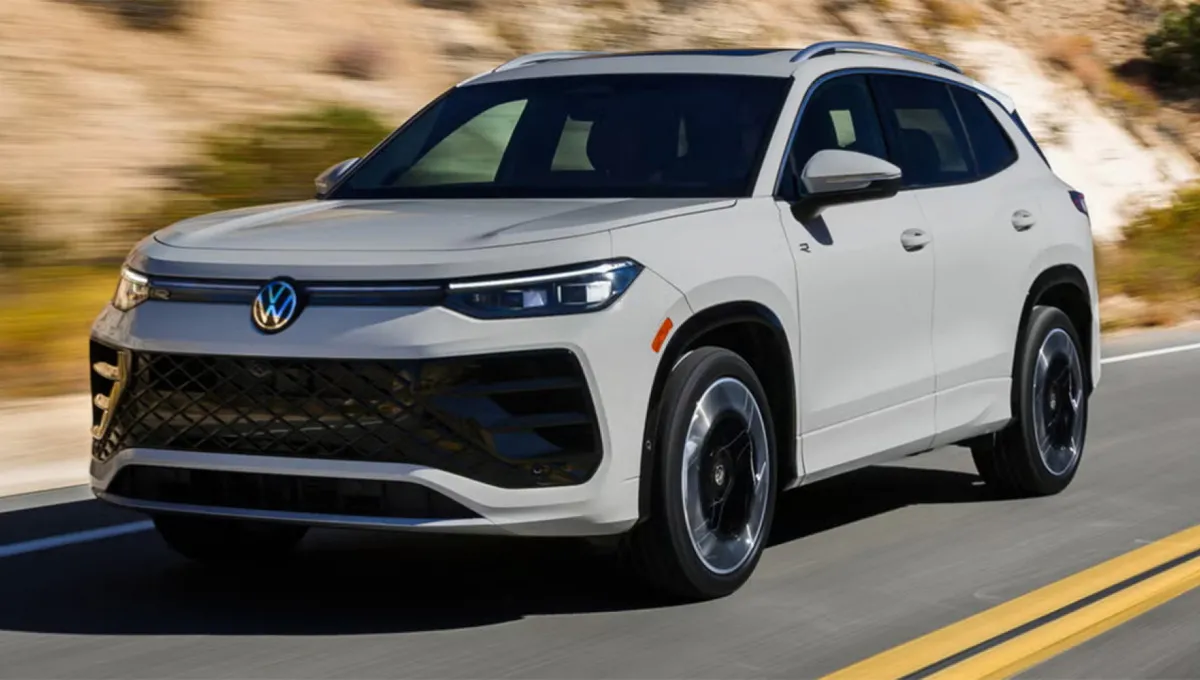
Volkswagen Recalls 2025 Tiguan in the U.S. Over Risk of Airbag Non-Deployment
Volkswagen Group of America has announced a recall of 3,138 Volkswagen Tiguan crossovers from the 2025 model year.
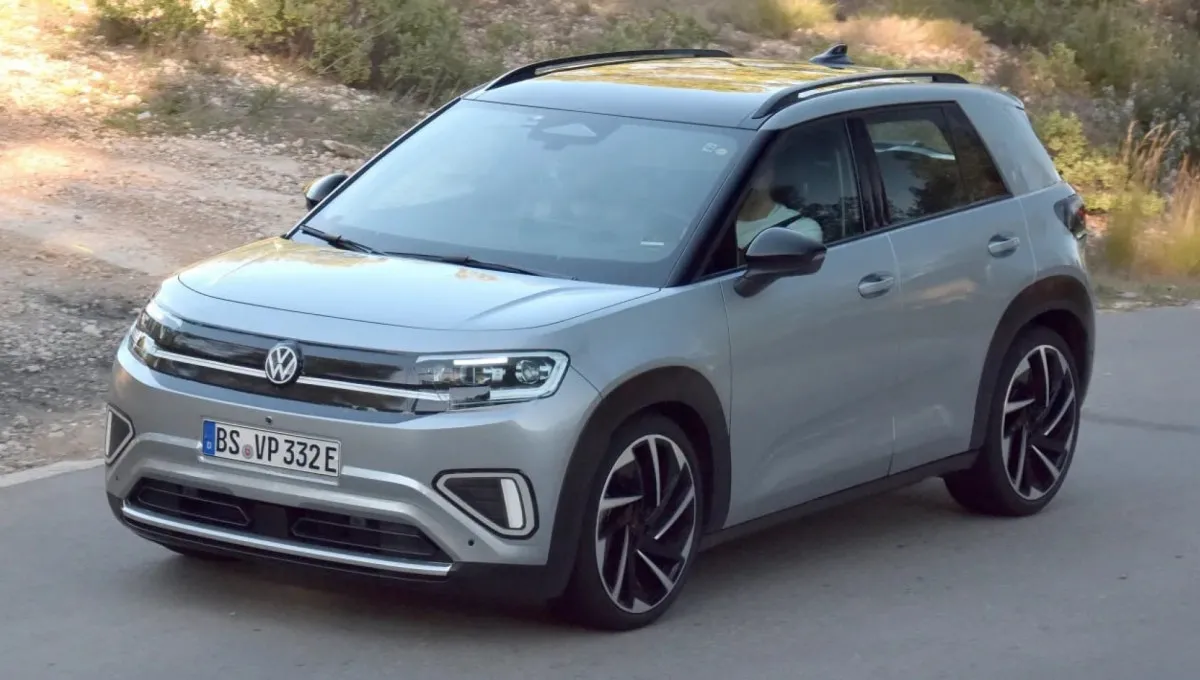
Volkswagen ID.Cross Reveals Its New Design Without Camouflage for the First Time as Debut Nears
Fresh photos have surfaced of a nearly uncovered 2026 Volkswagen ID.Cross spotted during another round of road testing.